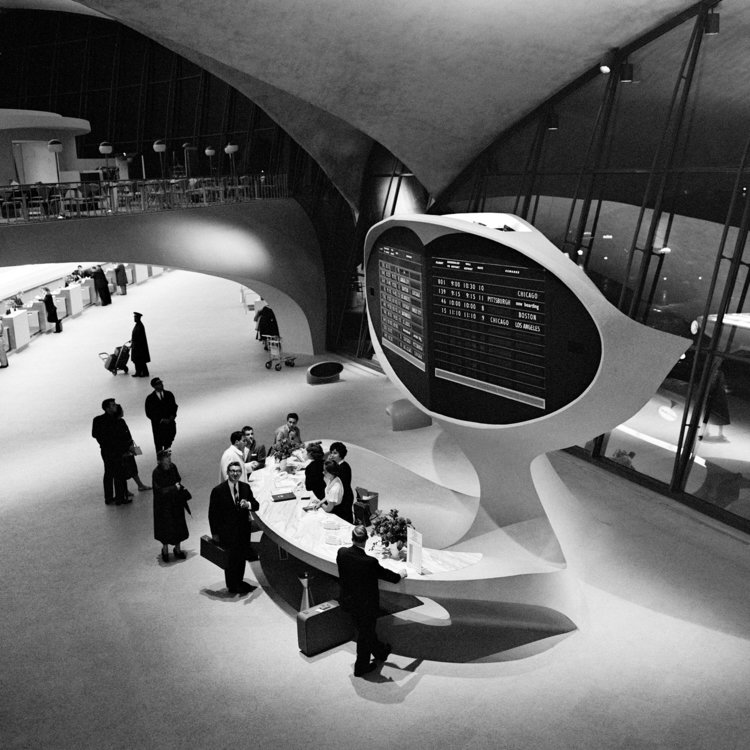Balthazar Korab
"Architecture is like frozen music, and the role of the photographer is to make it sing."
Balthazar Korab (1926-2013) was a Hungarian-American architectural photographer renowned for his exceptional ability to capture the spirit and essence of modern architecture. With a keen eye for detail and a unique perspective on design, Korab's work has left an indelible mark on the field of architectural photography.
Early Life and Career
Born in Budapest, Hungary, in 1926, Balthazar Korab grew up in a city rich in architectural history. He initially pursued architecture as a career, studying at the Budapest University of Technology and later at the École des Beaux-Arts in Paris. In 1955, he moved to the United States, where he worked as a designer for the legendary architect Eero Saarinen.
It was during his time with Saarinen that Korab discovered his passion for architectural photography. He began documenting the construction of Saarinen's projects, including the iconic TWA Flight Center at JFK Airport and the St. Louis Gateway Arch. As his reputation grew, Korab launched his own photography practice, working with leading architects and designers of his time, such as Mies van der Rohe and Philip Johnson.
Photographic Style and Techniques
Korab's photographic style was characterized by his ability to reveal the essence of a building or structure through the careful use of light, shadow, and composition. He often employed a combination of natural and artificial lighting to emphasize the architectural features and create a sense of depth and texture in his images.
In his work, Korab frequently explored the relationship between the built environment and the natural world, capturing how structures interacted with their surroundings. His keen understanding of architectural principles allowed him to showcase the design intent and convey the emotional impact of the spaces he photographed.
Career Highlights
Throughout his prolific career, Balthazar Korab captured some of the most iconic architectural projects of the 20th century. Some of his most notable works include:
The TWA Flight Center at JFK Airport
The St. Louis Gateway Arch
The Farnsworth House by Mies van der Rohe
The Seagram Building by Mies van der Rohe and Philip Johnson
Photography Gear
Balthazar Korab primarily used large-format cameras, such as the 4x5 Linhof Technika and 8x10 Deardorff, to achieve the highest possible image quality and detail in his photographs. He also occasionally utilized medium-format cameras like the Hasselblad 500 series for greater flexibility in certain situations.
Photography Books
"Balthazar Korab: Architect of Photography" is a comprehensive exploration of Korab's life, work, and artistic vision. This book delves into his photographic techniques and showcases his skill in capturing the essence of modern architecture, offering valuable insights and inspiration for photographers interested in this specialized field.
"Eero Saarinen: Buildings from the Balthazar Korab Archive" is a collection of Korab's photographs of architect Eero Saarinen's iconic buildings. This book highlights Korab's ability to capture the beauty and innovation of Saarinen's work, providing a valuable resource for photographers looking to hone their skills in architectural photography.
"Columbus Indiana: An American Landmark" documents the architectural gems of Columbus, Indiana, through Korab's lens. This book showcases his talent for capturing the unique character of urban spaces and offers valuable inspiration for photographers interested in exploring the interaction between architecture and its surroundings.
"Archabet: An Architectural Alphabet" presents a creative and whimsical exploration of architectural elements through an alphabetical journey. Korab's keen eye for detail and composition is showcased in this book, providing inspiration for photographers looking to push the boundaries of their own work.
"Detroit, the Renaissance City" is a photographic exploration of the architectural and urban landscapes of Detroit. Korab's images capture the city's transformation and resilience, offering a valuable resource for photographers interested in documenting urban change and renewal.
Quotes
"The camera is a remarkable instrument. Saturate yourself with your subject, and the camera will all but take you by the hand and point the way."
"Photography is not about the thing photographed. It is about how that thing looks photographed."
"An architectural photograph is the architect's statement expressed in a visual language that everyone can understand."
"Architecture is like frozen music, and the role of the photographer is to make it sing."
"A photograph should not just show what a building looks like, but how it feels."
Legacy and Influence
Balthazar Korab's work has left a lasting impact on architectural photography, inspiring generations of photographers with his distinct style and approach. His deep understanding of architecture and his ability to capture the essence of a structure have set the bar for what is expected in the field.
Korab's influence can be seen in the work of contemporary architectural photographers such as Iwan Baan, Hélène Binet, and Ezra Stoller, who similarly explore the relationship between the built environment and its surroundings. His dedication to showcasing the beauty and artistry of modern architecture has also helped to elevate the public's appreciation and understanding of design.
In conclusion, Balthazar Korab's work as an architectural photographer has left an indelible mark on the field, capturing the essence of iconic structures and inspiring generations of photographers. His keen eye for detail, understanding of architectural principles, and innovative techniques continue to resonate with both professionals and enthusiasts alike.












